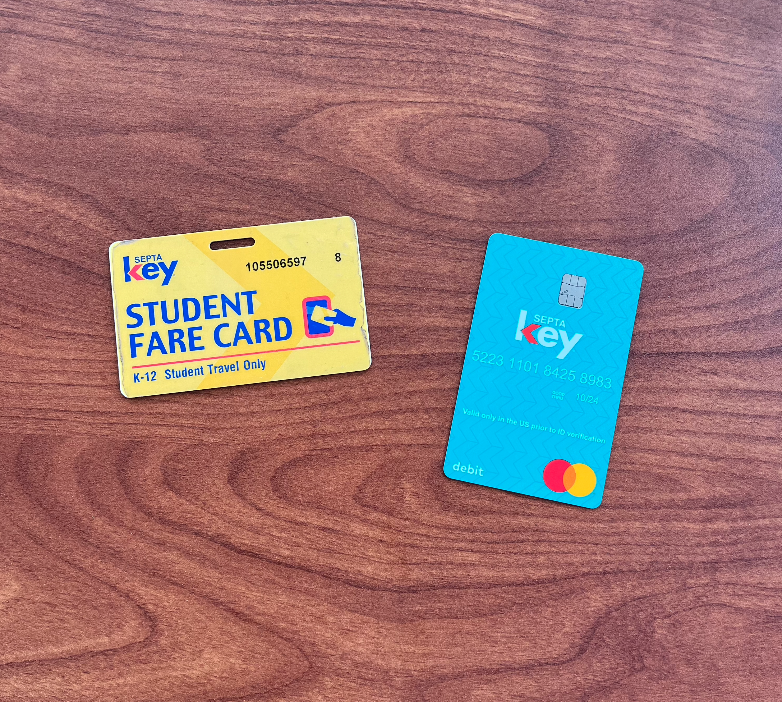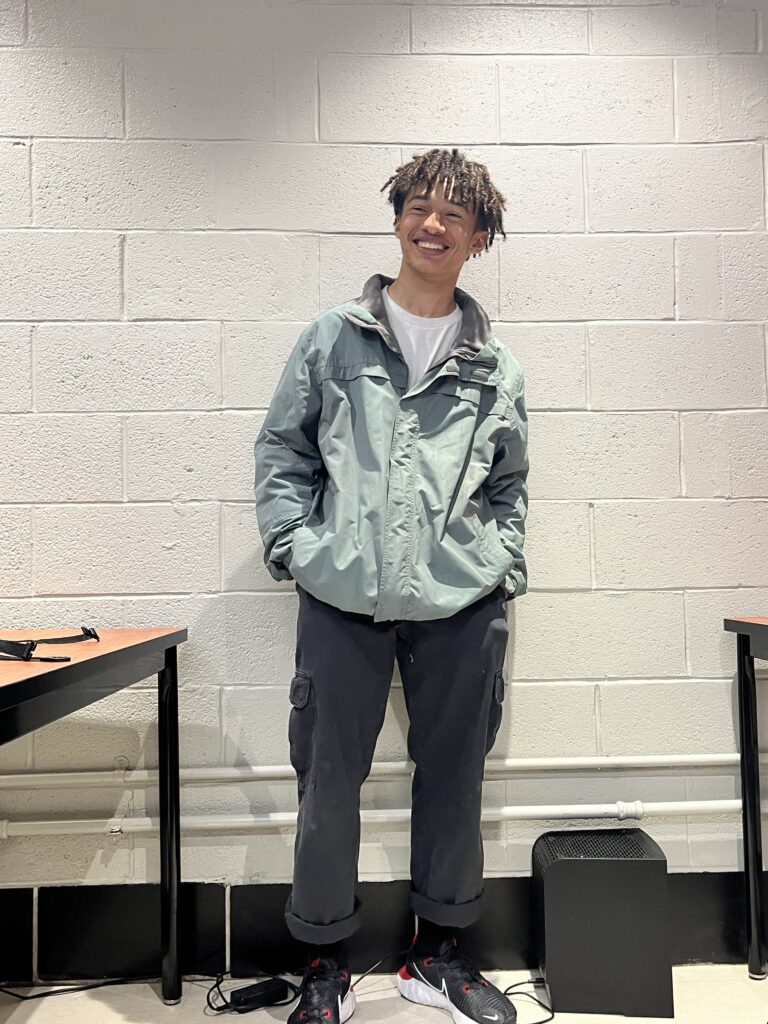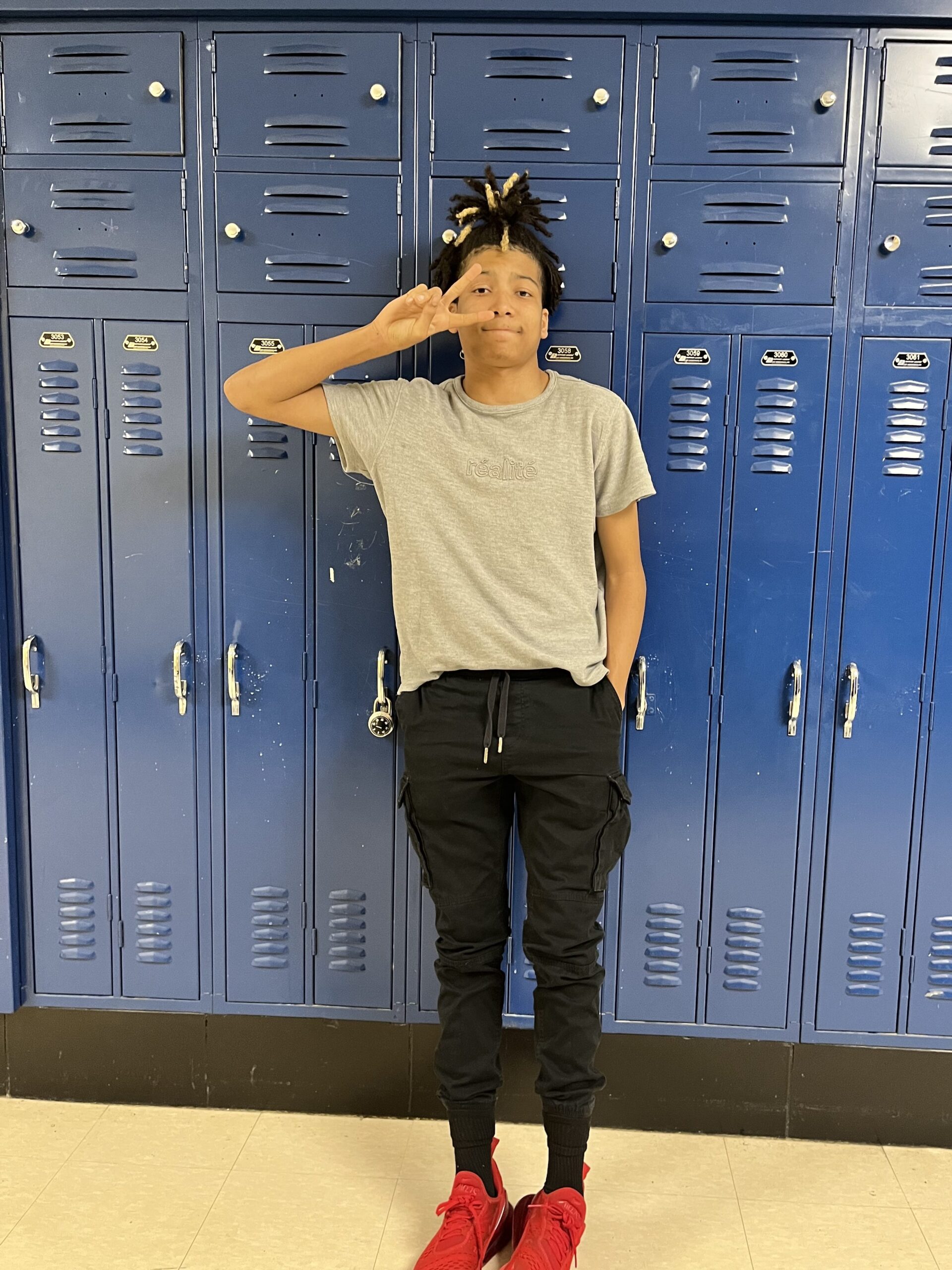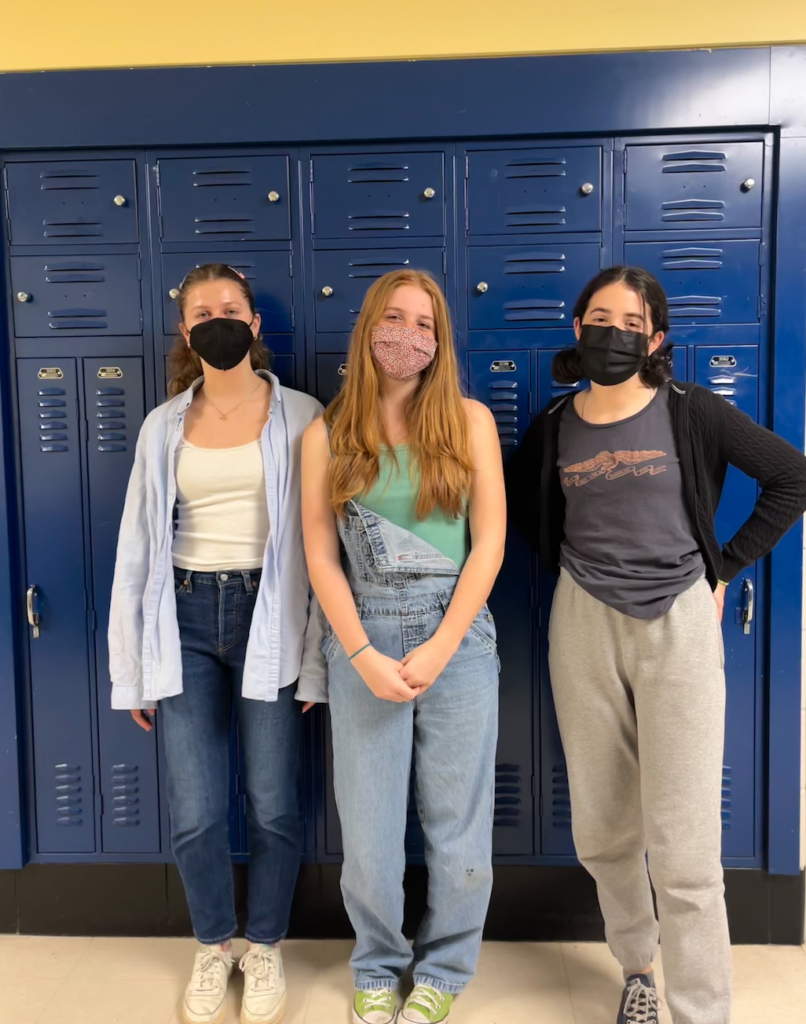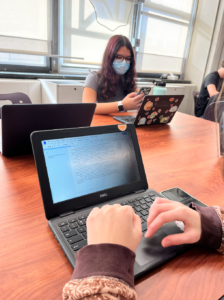Harper Leary
Staff Writer
Unlike all of my friends, I do not get a TransPass through school, yet I still take SEPTA every day.
The School District of Philadelphia’s Transportation Eligibility Guidelines states that “Students in grades 7 through 12 who live 1.5 miles or farther from school are eligible for free Student TransPasses.”
Now, when I read this at the beginning of the year, it kind of made sense. I could see why they had a distance requirement – it encourages students to get exercise during the day and not rely on public transportation if it’s not needed.
My house falls right on the cusp of the boundary for SLA. When driving or biking, the distance from my house to school is 1.5 or 1.6 miles, depending on your route.
So why don’t I get a TransPass?
It’s because the distance is less than 1.5 miles “as the crow flies”, which is how my advisor put it.
This means in a straight line from their house to school; try visualizing a bird literally flying from one location to another.
Of course, I am not a crow, and neither are any of my peers at SLA (at least as far as I know). The logic of the rule is confusing. Let’s look at what transit to school looks like for our actual students.
If the student rides their bike to school, the rule doesn’t consider which streets have bike lanes or which direction each road is going. A student could live 1.3 miles away from school but have to ride their bike for 1.6 miles.
What’s more, as we all well know, Philly has a wide range of weather. Assuming a student walks or bikes to school rather than taking SEPTA, this ‘as the crow flies’ rule doesn’t consider unshoveled or icy sidewalks, a heatwave, rain, or any other factors.
What stood out to me was how non-inclusive this exception is. What if a family cannot afford to buy a TransPass and the student needs to help their siblings get to school? What if the route fastest to school has unsafe pavement or areas that the student needs to avoid? What if the student isn’t physically able to get to their location by foot and needs a TransPass but now can’t get one?
I could go on, but I hope you get the point.
My route to school isn’t particularly unsafe, and I can walk, yet I rarely do. Taking the bus means I get 20ish more minutes of sleep, and during heat waves or the middle of the winter, you will not find me walking to school. Fortunately, my family can afford a TransPass, which I use all the time, not just to get to school. When my internship is in person, I use it for the subway. For ultimate frisbee games, I use it to get home.
I have no problem walking to school when I need to, but others have reasons that are more urgent or dangerous than mine. Considering all of the factors that already keep students from getting to school and getting there on time, the School District should work with SEPTA to ensure that ALL students get TransPasses, despite how far they live from school.
Those who want to walk will walk. Those that play sports or have internships far from home will have a safe way to return. This small change will not only protect students, but it will also make the journey to school that much easier.
